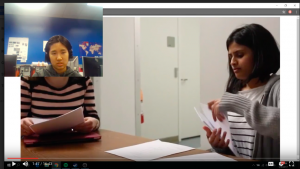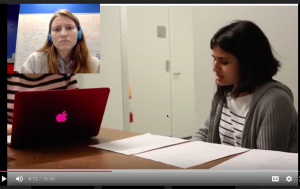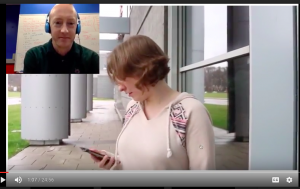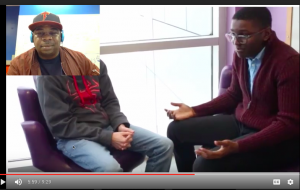WEEK 10: Playtest
Howdy, this is Leona again. The week of halves and the past week are the intense period of time to get feedbacks from all different group of people. Firstly, we continue to work with faculties, peers, and clients to iterate the stories. Secondly, we presented multiple UI designs to the campus team to help us make design decisions. Lastly, we had a big playtest event on Saturday, in which 26 people vary in age, gender, and ethnic groups went through our experience and provided feedback relating to believability, usability and the effectiveness of empathy. Facial expressions and screen movement were recorded for further analysis and documentations.




A follow-up survey is also conducted. After the playtest, we gathered together and went through the results of the survey. Below are the notes and conclusions. (Same content was sent out as team e-mail on Saturday)
Few things we learned:
1. We need instructions indicating what to do with the panorama (added already)
2. Buttons were not very responsive (changed already so the entire button is clickable rather than just the text).
3. People didn’t notice the thought bubble (we changed it now so it has a brighter color and animation). But one person said that their choices were influenced by it.
4. The scenarios were relatively believable and people cared about the offended characters
(1=believable)
(1=care)
5. Not everyone chose the positive ending in the “affirmative action” scenario. We should aspire to a similar situation in the other scenarios.
6. When asked if they wanted to talk about the experience further the result was mixed:
(5=would like to talk about it more)
5. However, the panorama got mixed results (hopefully adding instruction will change that and reshooting it so the buildings are closer):
6. We learned how to playtest better and which questions we would like to ask next time.
Suggestions we are considering and changes we might make:
1. Someone suggested that one scenario will involve a stranger (because all the other’s were with your “friends” we can make changes to the last one so the offended person doesn’t act like they know you).
2. 3 choices instead of 2 – people wanted more options in the final decision.
3. People really disliked the aggressor characters. We need to make them a little bit less hated (that might also change when there are actual actors)
4. All the playtesters chose the positive ending in the study group scenario – we need to make the choices there a little more ambiguous and less “right” or “wrong”.